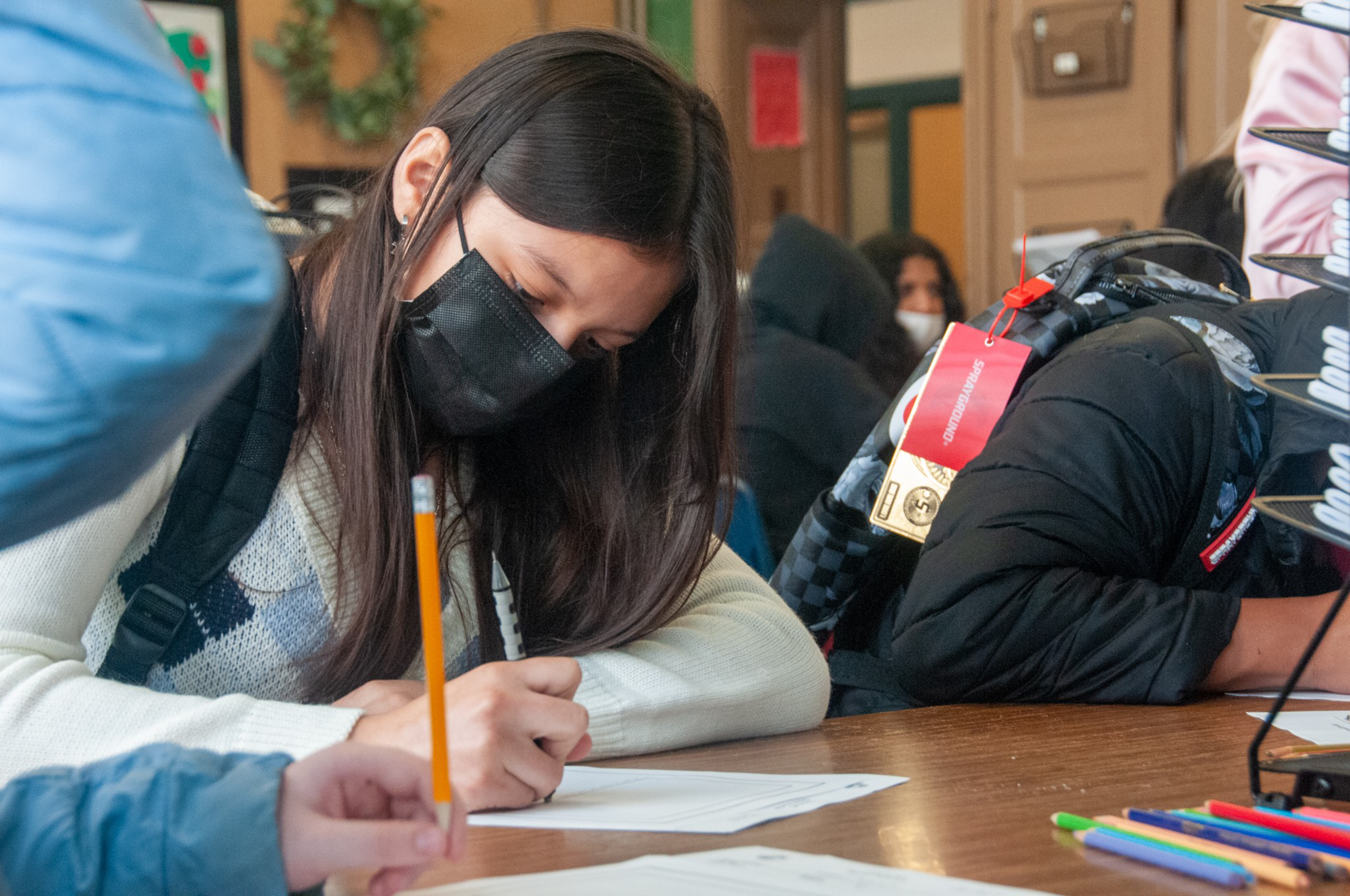New data from San Francisco public schools suggest remote learning resulted in significant learning loss and had an unequal impact along socioeconomic and racial lines.
In a report (opens in new tab) published this week, San Francisco Unified School District (SFUSD) tracked enrollment, attendance and academic performance during the 2020-21 school year. San Francisco public schools were broadly closed last year due to the COVID-19 pandemic, reopening on a limited and rolling basis starting in April 2021. Public schools reopened full-time for all students last month.
Overall enrollment for the district, which serves about 52,000 students, dropped by more than 1,000 students compared to the year prior. SFUSD reported that these drops were most pronounced at transition grades, or grades like 6th or 9th when students often transition to a new school. Kindergarten, for example, saw 238 fewer students, or a loss of 5.6%, compared to the overall enrollment drop of 2%.

SFUSD also lost students as the school year progressed; students transferring out of the district outnumbered those transferring in by an additional 659 students.
Overall daily attendance was consistent with prior years. But chronic absenteeism, a label applied to students with an attendance rate of 90% or less, rose significantly for certain student groups. African American and Pacific Islander students saw chronic absenteeism rise to 45% and 47%, respectively, up from 38% and 34% the year prior.
The report also measured academic performance, showing students from economically disadvantaged backgrounds, as well as many minority students, slipping furthest behind in reading and math.
In math, every student group saw a drop in proficiency from the year prior, though some drops were more pronounced. Thirty-eight percent of African American students were marked “Proficient or above” in 2020-21, down from 46% one year earlier. Pacific Islander students with “Proficient of above” math marks dropped to 47% from 60%. District-wide proficiency was at 67%, down from 74%.
Reading proficiency rates for grades 3-10 increased to 62% from 55% the year prior. But SFUSD says assessment participation decreased for African American, American Indian, Latinx, Pacific Islander, English Learner and Special Education students, possibly skewing the results.
Broadly, San Francisco’s school district is in the bottom 5% for literacy in California, according to the California Reading Report Card (opens in new tab).
SFUSD said that many students fell off the map amid the pandemic. The district counted more than 5,000 “unheard voices,” or students whose families were not reached in any of three Family Wellness Checks conducted throughout the year. Those unheard voices disproportionately skewed African American and Pacific Islander.
“SFUSD is dedicated to continuous improvement for school sites and the district as a whole,” said Laura Dudnick, SFUSD public relations manager, when asked for comment on the report.
“Now that we are fully back to in-person learning we are able to serve students better and employ multiple evidence-based strategies to accelerate learning,” Dudnick said.
The district’s findings are broadly consistent with nationwide trends, which show remote learning impacting young and disadvantaged students most severely and remote learners falling further behind in math than in reading (opens in new tab).
“This [new data] raises a lot of questions, as it should for anyone who cares about the district,” said Meredith Dodson, founder of the parent advocacy group S.F. Parent Coalition. Dodson plans to ask the district to review an academic health dashboard at every board meeting.
